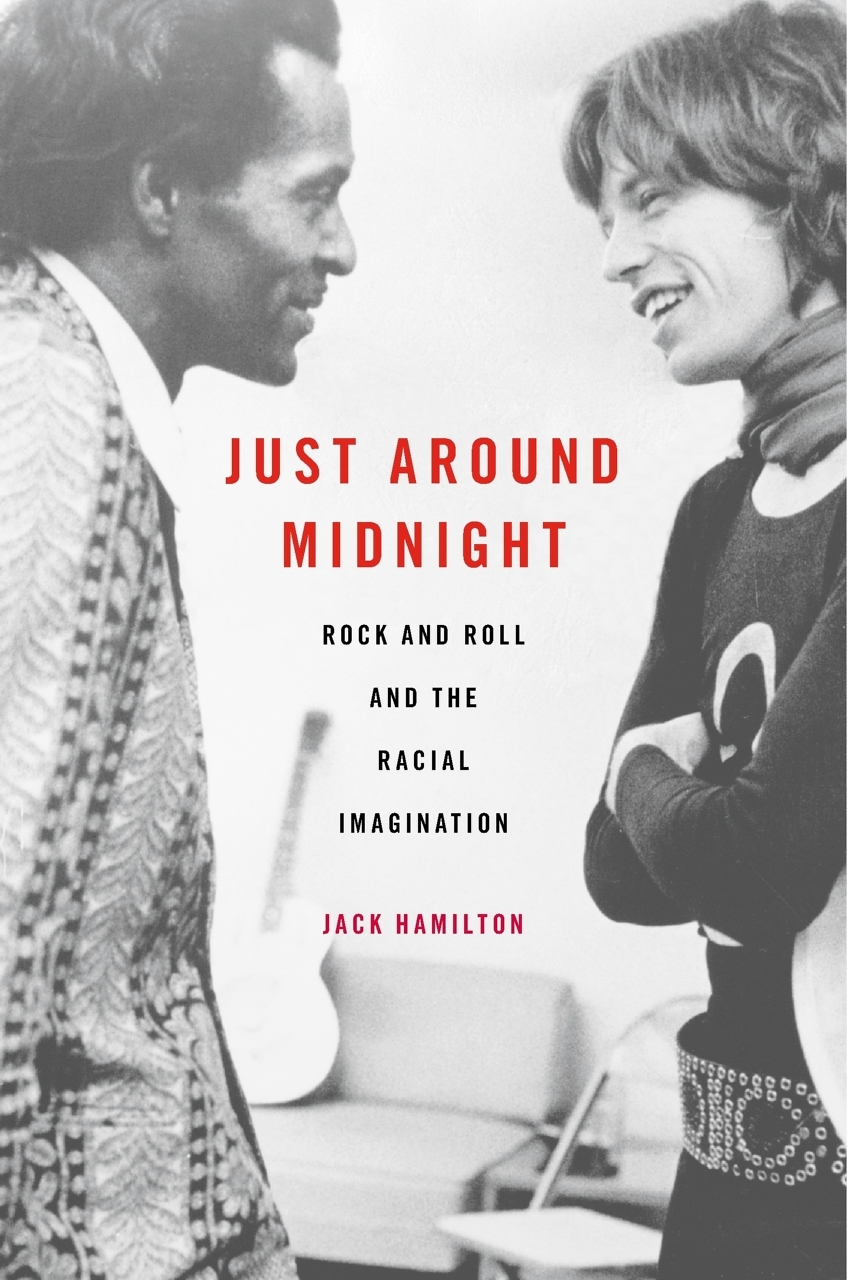Changing Times
In The Forsaken and the Dead, Sidney Thompson portrays the final years of famed lawman Bass Reeves
The Forsaken and the Dead, the final installment of Memphis native Sidney Thompson’s fictional trilogy based on the life of legendary U.S. marshal Bass Reeves, opens 12 years after events of the second book, Hell on the Border. That one ended with the famed lawman — who by some counts arrested over 3,000 felons — on trial for murder in 1884. The third book opens with Bass Reeves approaching the age of 60 and still chasing desperados, including his own son.

The story follows Reeves’ last years as an officer of the Muskogee, Oklahoma, police force, from 1907-1909, when he was losing eyesight and mobility from Bright’s Disease and a bullet, yet still coming out ahead in gunfights with bandits. The Forsaken and the Dead hits shelves shortly before the November premiere of Lawmen: Bass Reeves, a star-studded streaming series based on the first two books, co-produced by Taylor Sheridan of Yellowstone fame.
Thompson holds a Ph.D. in American literature/African American narratives from the University of North Texas, an M.F.A. in creative writing from the University of Arkansas, and a B.A. in English from the University of Memphis. He recently spoke with Chapter 16 by phone from Fort Worth, where he teaches writing and literature at Texas Christian University. The conversation has been edited for length and clarity.
Chapter 16: With a life as full and rich as that of Bass Reeves, with so much historical information to draw from, how do you pick which scenes make it into the book?
Sidney Thompson: I had to decide what I thought were the pivotal moments that really help explain the arc of his life. Anyone who knows his story would be disappointed if I didn’t include some of these iconic moments. Then I tried to include as many smaller moments as possible. I tried to find ways to include those or maybe group them based on what Bass Reeves obsessed about, what he worried about and needed to reflect upon.
For the first book, Follow the Angels, Follow the Doves, I thought the most important thing that occurred in his young life was when his master gave him away to a son who was not as good a man. That dictated small changes I had to make to the historical timeline, to help explain why he beats up his master and takes off to fight for his freedom in his 20s. He doesn’t want to survive a slave’s life anymore — he wants to escape it. Sometimes I collapse time and make changes to honor some actual moment I think is crucial, such as why does he decide to escape now instead of earlier?
Chapter 16: I was drawn to a pivotal scene in the third book that takes place in a cave in Oklahoma. This made me wonder, how did you research the various settings and locations? Are they real places?
 Thompson: I went there and toured it as much as I could. It’s a collapsed cave now. I tried to research what it was like before the collapse and came up empty everywhere I looked. Then I just happened to meet a woman from Oklahoma who grew up near the cave. I asked her if she could tell me what it was like. She said her second cousin played in it as a child. He knew all about it way back when, so she spoke to him for the information.
Thompson: I went there and toured it as much as I could. It’s a collapsed cave now. I tried to research what it was like before the collapse and came up empty everywhere I looked. Then I just happened to meet a woman from Oklahoma who grew up near the cave. I asked her if she could tell me what it was like. She said her second cousin played in it as a child. He knew all about it way back when, so she spoke to him for the information.
My description of the cave, with the kind of portholes at the top and ropes hanging down, is based on his firsthand accounts of when he played there. One reason robbers liked the cave was that they couldn’t be trapped in it. They had these escape holes and could climb up the ropes. They couldn’t be caught, of course, until the cave became famous, and no one could hide there any longer. I found out that the top was blown up because of the holes. Someone was afraid that people would get hurt and the ceiling would collapse eventually. So they detonated it with dynamite.
Chapter 16: And you moved that dynamite into Bass’ pocket?
Thompson: I learned that nearby miners used dynamite regularly. I was looking for something splashy that would not only explain the collapse of the cave but honor its history a little bit. And I kind of wanted to riff on Butch Cassidy and the Sundance Kid jumping off the cliff, when Bass rescues his son.
Chapter 16: Bass was known for his affinity for music, inventing songs and singing to himself on the trail. This trait allowed you to give him a voice in poetry. What was that experience like?
Thompson: It was so fun, and it gave a nice change of pace. I wanted to honor the legends of Bass’ penchant for singing and telling jokes, even though none have survived. I knew he had a sense of humor, but he was also a romantic, wanting to shoot only in self-defense. I could shed light on a different side of him than what you see whenever he’s focused.
Chapter 16: What was it like to see your vision of Bass turned into a television series?
Thompson: I got to talk on Zoom with the writers’ room and give my sometimes harsh feedback on writing I thought was weak or could be improved. I was honest. But I was blown away by how great most of the work was. When I visited the set, the actors seemed happy to see me and happy about the work they were doing. It was surreal to go to a ranch in cattle country, then suddenly come upon this city like Las Vegas. People from all over the world had descended to render Bass’ story for the screen, based on my books. It was humbling to see all that, and I can’t wait to see the results.

Michael Ray Taylor is the author of Hidden Nature and other books. He lives in Arkadelphia, Arkansas.




